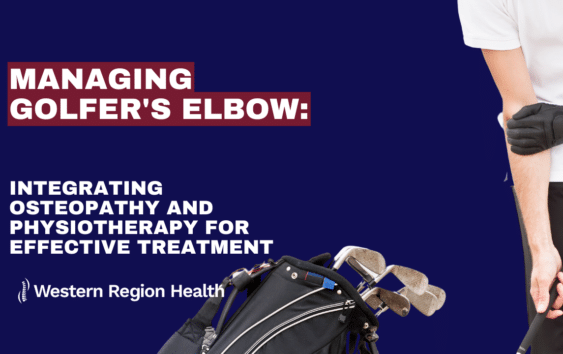General | August 8, 2023
The Role Of Osteopathy In Easing Wrist Pain For Cleaners
Dr Jarryd Crisp-OSTEOPATH | SENIOR OSTEOPATH-Double Bachelor of Health Science/Applied Science (Osteopathy), Bachelor of Health Sciences
Cleaners play an indispensable role in maintaining the cleanliness and hygiene of various environments. However, the demanding nature of their work can often lead to musculoskeletal issues, particularly wrist pain. The repetitive motions and strenuous activities involved in cleaning tasks can take a toll on the wrists, leading to discomfort and reduced quality of life. In such cases, osteopathy has emerged as a valuable holistic approach to treating and managing wrist pain among cleaners.
Understanding Wrist Pain in Cleaners
Wrist pain is a common complaint among cleaners due to the continuous use of cleaning equipment, repetitive movements, and the application of force. The wrist joint is a complex structure comprising bones, ligaments, tendons, and muscles that need to work together seamlessly. When these components are subjected to overuse and strain, it can result in inflammation, stiffness, and pain.
The Role of Osteopathy
Osteopathic practitioners use a combination of manual techniques to assess, diagnose, and treat musculoskeletal issues, aiming to restore balance and alleviate pain.
In the context of wrist pain among cleaners, osteopathy can play a crucial role:
- Manual Manipulation: Osteopaths employ gentle manipulative techniques to restore proper alignment of the wrist joints and reduce tension in the surrounding muscles and ligaments. These techniques enhance blood flow, alleviate inflammation, and promote healing.
- Soft Tissue Techniques: Osteopathic practitioners may use soft tissue techniques such as massage, myofascial release, and stretching to ease muscle tension and improve the flexibility of the wrist area.
- Ergonomic Advice: Osteopaths often provide ergonomic recommendations to cleaners, helping them optimize their work environment and posture. This can involve suggesting proper techniques for lifting and using cleaning equipment to minimize strain on the wrists.
- Exercises and Rehabilitation: Osteopathy emphasizes active patient involvement. Osteopaths can design specific exercises to strengthen the muscles supporting the wrist joint, enhancing its stability and resilience to repetitive strain.
- Pain Management: Osteopathic approaches also include pain management strategies such as relaxation techniques, breathing exercises, and mindfulness practices. These can help cleaners manage their discomfort and improve their overall well-being.
Osteopathy offers a comprehensive and patient-centered approach to addressing wrist pain in cleaners. By considering the interconnectedness of the body’s structure and function, osteopathic practitioners can provide tailored interventions that go beyond symptom relief, aiming to enhance overall well-being. For cleaners grappling with wrist pain, seeking the expertise of an osteopath could be a promising avenue toward improved comfort, mobility, and work performance!
References:
- Walker J, Goggin M. (2019). Wrist pain: Diagnosis and management. Australian Family Physician, 48(12), 857-860.
- Engström K, Högberg D, Winberg C. (2017). Wrist pain and disorders in women working with cleaning tasks – a one-year follow-up study. BMC Musculoskeletal Disorders, 18(1), 388.
- Noll DR, Shores JH, Gamber RG, et al. (2000). Benefits of osteopathic manipulative treatment for hospitalized elderly patients with pneumonia. Journal of the American Osteopathic Association, 100(12), 776-782.
- Licciardone JC, Gatchel RJ, Kearns CM, et al. (2013). Osteopathic manual treatment and ultrasound therapy for chronic low back pain: a randomized controlled trial. Annals of Family Medicine, 11(2), 122-129.


